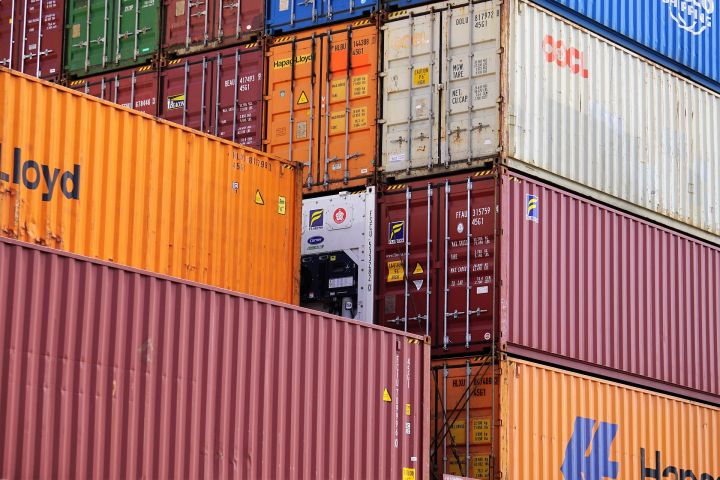
On January 30, 2022, Resolution of the Council of the Eurasian Economic Commission of November 12, 2021 No. 130 “On the procedure for importing into the customs territory of the Eurasian Economic Union of products subject to mandatory conformity assessment in the customs territory” was approved. It replaced the decision of the Council of the Eurasian Economic Commission of December 25, 2012 No. 294. This article explains the main changes that are key for foreign manufacturers.
- The use of certificates of conformity (in the form of e.g. EAC certificates or EAC declarations) is permissible if the applicant is one of the following persons:
- the person identified as the applicant in such certificates of conformity
- the person specified in the vehicle type approval (chassis type approval)
- the authorized representative (solely for serial production). When an EAC Certificate or EAC Declaration is issued for a batch or single shipment, the applicant can only be the person who subsequently imports the product into the EAEU countries. This change may make EAC certification or EAC declaration of batches or individual goods impossible.
- Conformity assessment is required when products are placed under the following customs procedures:
- Release for free circulation
- Duty free area
- Task for the benefit of the state treasury
- Special customs procedure
- Conformity assessment is not required for the following products:
- The spare parts imported by the manufacturer or the authorized representative of the foreign manufacturer and suitable for the maintenance and (or) repair of products previously imported by the specified person. The submission of certificates of conformity (or information about them) of products (including expired products) requiring maintenance/repair is mandatory.
In addition, the declarations of conformity must be stamped and signed by the applicant.
Compared to Decision No. 294, the following customs procedures are exempt: temporary import, free storage, re-import.
Spare parts should be considered as individual parts intended to replace/repair the same parts that are in service (worn, defective, failed). The replacement parts must maintain or restore the operational condition of the product and not be resold thereafter.







